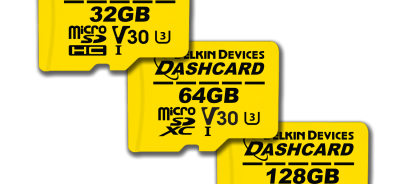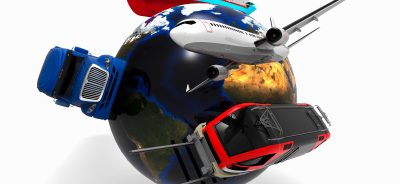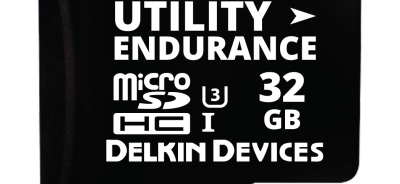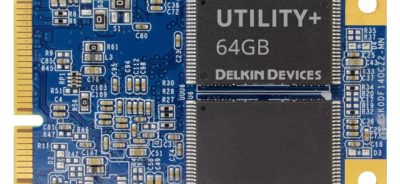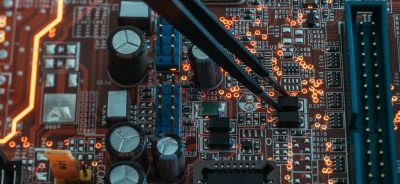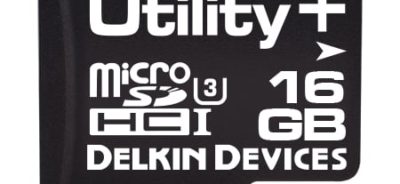Storage Insights #1 – Why Not All SD Cards are Created Equal
Check out the full original post on the element14 Community Blog
The SD CARD Advantage
The fact is that not all SD/microSD cards are created equal. This blog will tell you why, with some examples from Delkin Devices, and also cover the different types and how to select the right card for your application.
With the many advantages of SD/microSD cards – low power, compact physical size, reasonable data rates and ease of integration – their growth is not surprising. However, this also means that there is a great amount of confusion about which card is best for you, whether you are an OEM or a maker or pro-maker who buys cards retail. So, let’s cover the differences.
Retail vs Industrial Cards: What’s the Difference?
Retail cards used by a consumer can work just fine for a lot of applications. However, retail cards can change controllers or firmware at any time – while they appear to be the exact same part. While this is fine for the consumer, it can create havoc for the OEM if one batch runs fine in their host, but the next group of theoretically the same card does not. So, how is an industrial-grade card from different from a retail card that can be bought on Amazon or in a big box store? Well, Delkin industrial-grade cards have a controlled Bill of Materials (BOM), and strictly adheres to the specifications set forth by the Secure Digital Association.
Types of Flash Cards
Another key difference between retail-grade cards and industrial-grade cards is the base flash technology – in terms of endurance and reliability. There are three main grades of flash – SLC, MLC and TLC.
How To Select A Card That’s Right Your Application
If you are designing a new product for an industrial application, or you are an OEM needing a high level of reliability, how do you choose between an SLC, MLC or TLC card? Here are some basic guidelines:
- For applications requiring low density (roughly 16GB or less), but requiring the storage of mission critical data, potentially in a harsh environment, then SLC is likely the best choice.
- If higher densities are needed, perhaps still with industrial temperature, but the nature of the data being stored is less critical, then MLC is probably more suitable.
TLC is usually deployed for consumer applications, where endurance is not critical, and in larger form factors allows for very high density mass storage.
(For the purposes of this discussion, in the remainder of this post, we will be focusing exclusively on linear (or 2D) NAND, and will discuss 3D NAND in a future post.)
When evaluating NAND flash-based devices as the storage medium for an embedded application, factors such as the host interface(s), power consumption, physical space, performance, capacity, environment and cost will often dictate the selection.
Endurance requirements are also a major part of the decision, and as we will discuss, the program/erase (P/E) cycle rating of the raw flash die is only one piece of the puzzle. How the device is written to – in terms of both the controller technology and the application workload – have a significant impact on the TBW1 and resulting life of the drive.

Table 1: Comparison of Raw Flash Types2
1TBW (or Terabytes Written) is a measure of SSD endurance as defined by JEDEC in the JESD218A standard, but more broadly applied to other types of storage devices.
2For a comparison of these flash types, and other factors than can contribute to the overall life of a device, check out this endurance white paper https://www.delkin.com/technology/flash-endurance/
Looking to order your industrial flash storage solution right away? Order Delkin Devices products at Newark.com
 Login
Login Register
Register


